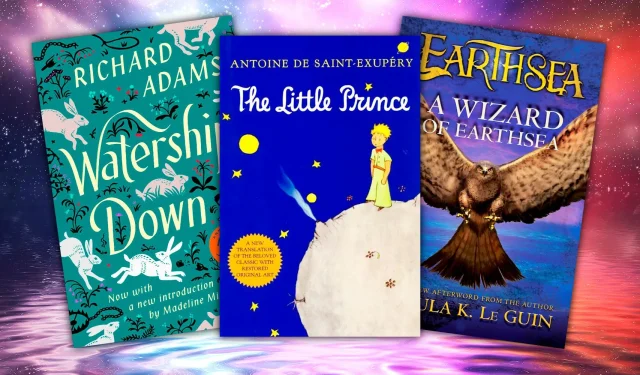
For many readers of the fantasy genre, the journey begins in childhood, often sparked by enchanting tales that capture their imagination. These early literary experiences lay the groundwork for a lifelong appreciation of speculative fiction, demonstrating that the best fantasy books resonate across generations. The universal themes and intricate narratives found in these stories remain compelling well into adulthood, reminding us that adventures filled with magic, wonder, and mystery are timeless, reflecting profound truths about our world and inviting us to think about how we can positively impact it.
Many of these novels are staples of the fantasy genre and serve as perfect entry points for readers of all ages. Most have even been adapted into films, showcasing the vibrancy of their storytelling and their widespread appeal. One hallmark of children’s fantasy literature is its relatable protagonists, often brave and resourceful young heroes. As adults revisit these beloved stories, they find themselves not only identifying with these characters but also gaining a deeper empathy for their journeys and struggles of growing up.
10 Tuck Everlasting (1975)
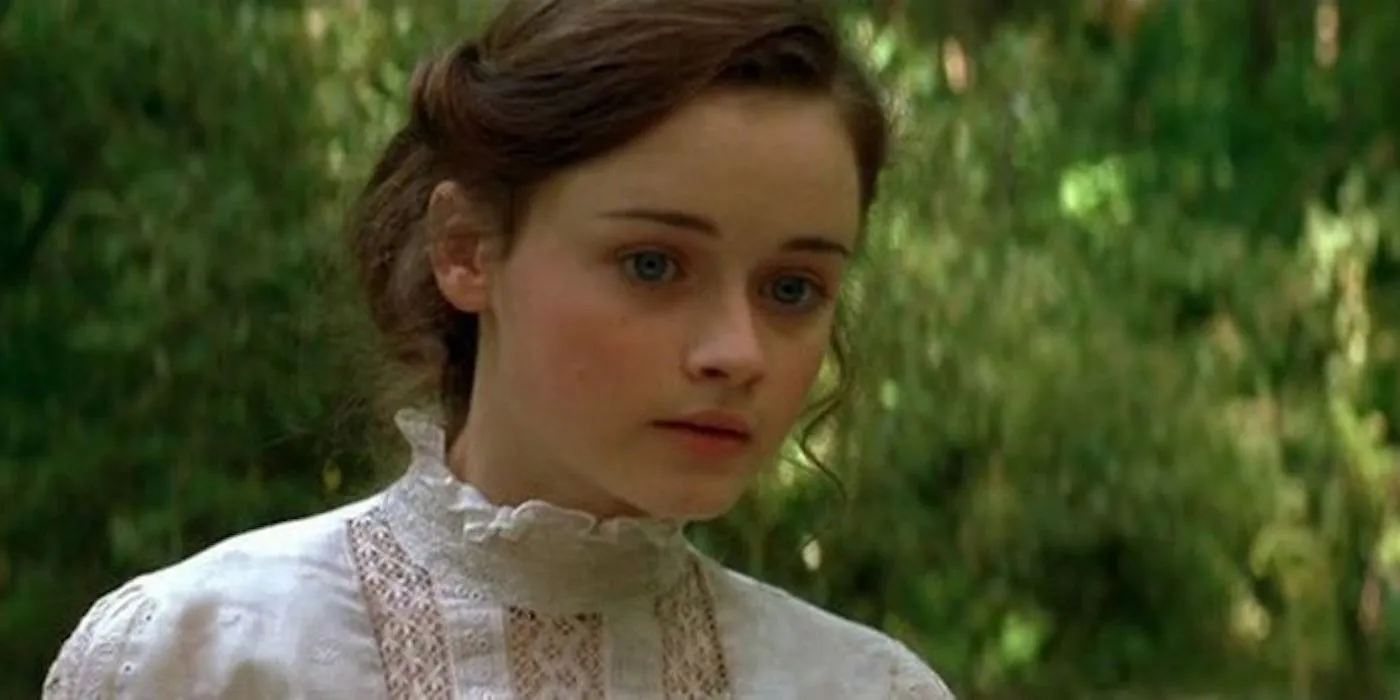
Tuck Everlasting tells the story of Winnie Foster, whose life transforms when she encounters the Tuck family—individuals who stumbled upon immortality after drinking from a magical spring. Despite her youth, Winnie gradually comes to realize that their eternal existence is burdensome rather than a blessing, illustrating that the allure of immortality can obscure its true costs. While the themes of age, growth, and the passage of time are prevalent in adult literature, this poignant narrative makes them accessible to younger audiences.
The bittersweet romance between Winnie and Jesse Tuck, who is forever seventeen, deepens the emotional weight of the story. Adults reading this tale can discern from the outset that eternal youth’s isolation may not be worth its temporary allure. Additionally, the film adaptation of Babbitt’s classic, featuring a young Alexis Bledel, beautifully captures the essence of the narrative.
Watch the trailer here
9 The Hobbit (1937)
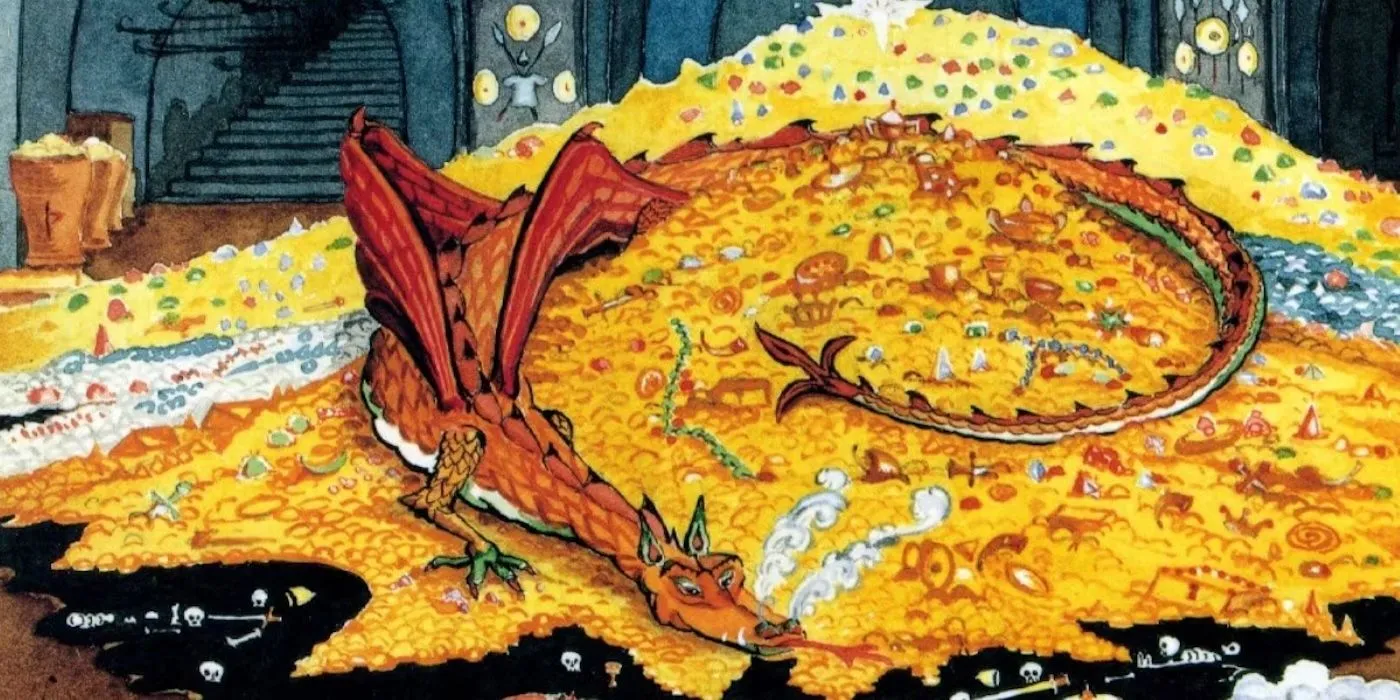
While J.R.R. Tolkien’s The Lord of the Rings often overshadows it, The Hobbit is the foundational tale that ignited the beloved universe of Middle-earth. Follow Bilbo Baggins, Frodo’s adventurous cousin, on his initial quest, which has earned its place as a hallmark of children’s fantasy literature.
Returning to The Hobbit with a deeper understanding of its universe enriches the experience, particularly during Bilbo’s first interaction with the One Ring. This tale highlights Tolkien’s lasting impact, showing why his works are regarded as classics. Despite differences between the book and Peter Jackson’s film versions, the heart of Tolkien’s enchanting world has been preserved.
Watch the trailer here
8 A Wrinkle In Time (1962)
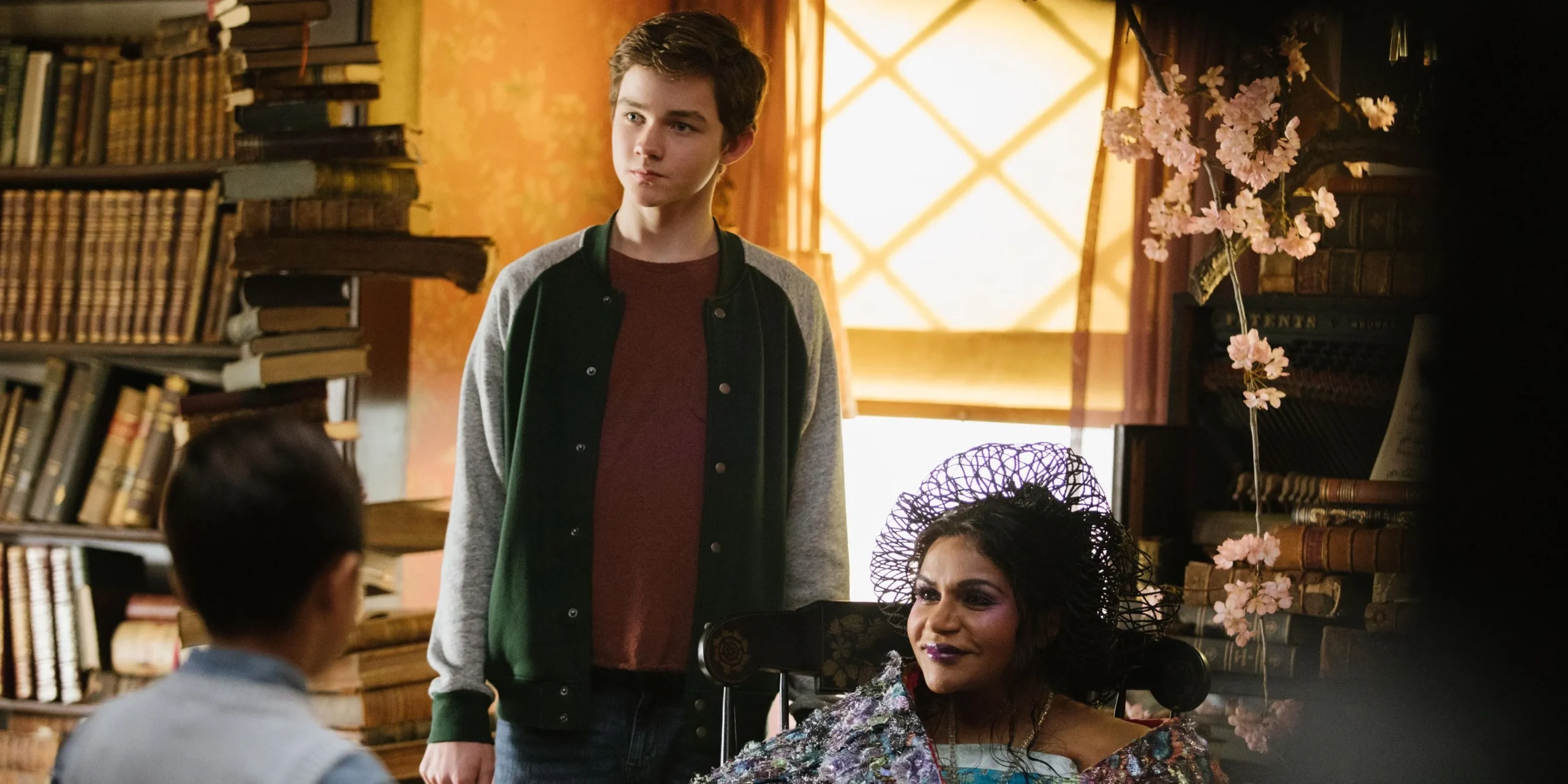
Combining elements of fantasy and science fiction, Madeleine L’Engle’s A Wrinkle in Time has captivated readers since its release. Although adapted into film multiple times, the 2018 version best encapsulates the magical essence of the original narrative. The joy of this story lies in the vivid imagination it inspires as Meg journeys to extraordinary worlds.
Significantly, the narrative addresses feelings of alienation and not belonging—challenges that resonate with readers of all ages. Meg’s struggles to adapt to her ever-evolving environment invite readers to reflect on their experiences, allowing younger audiences to relate directly, while older readers may see echoes of their former selves in Meg’s journey.
Watch the trailer here
7 Watership Down (1972)
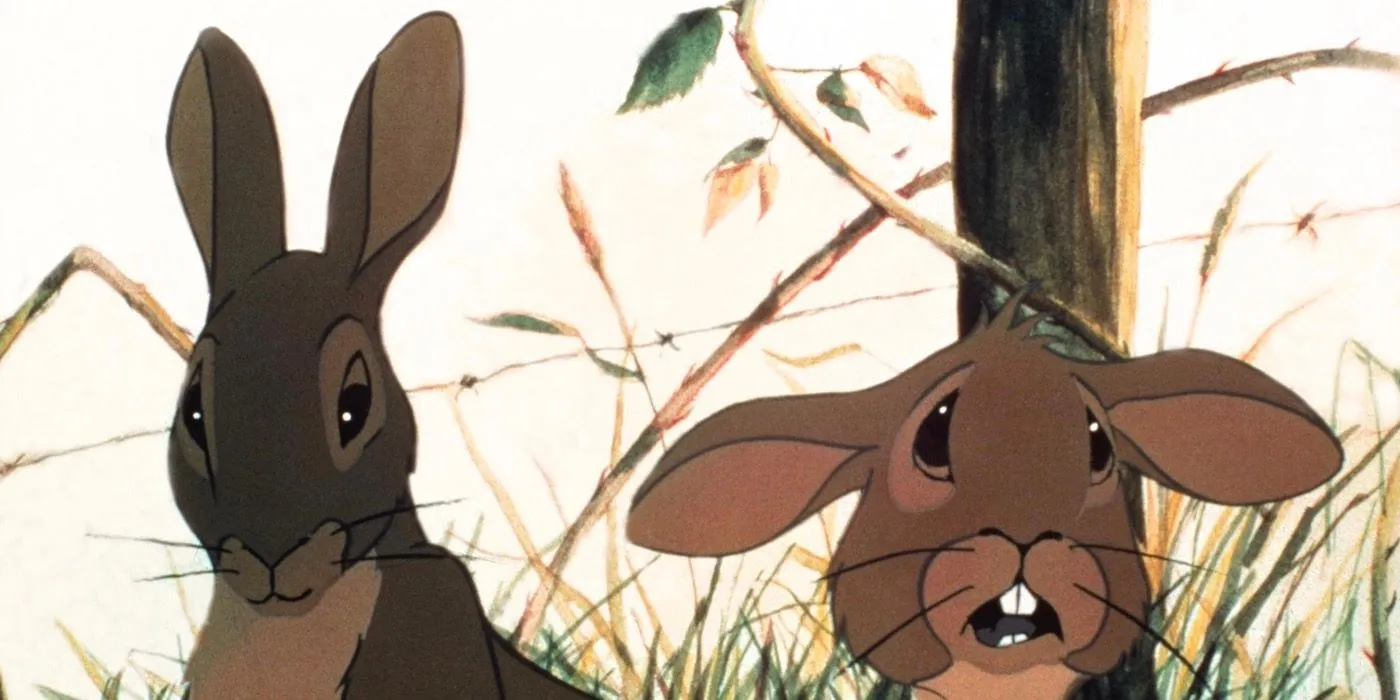
Rich in meaning and expertly crafted, Watership Down won the Carnegie Medal and remains a staple in children’s literature. Though it centers around rabbits, the narrative intricately mirrors human society, exploring complex relationships and opposing beliefs among its characters.
The themes of survival and the establishment of community are central to the story, as the characters navigate challenges posed by both their environment and other rabbit factions. By engaging young readers with these thought-provoking subjects, Adams provides a unique lens through which to examine resilience and the human condition.
6 A Wizard Of Earthsea (1968)
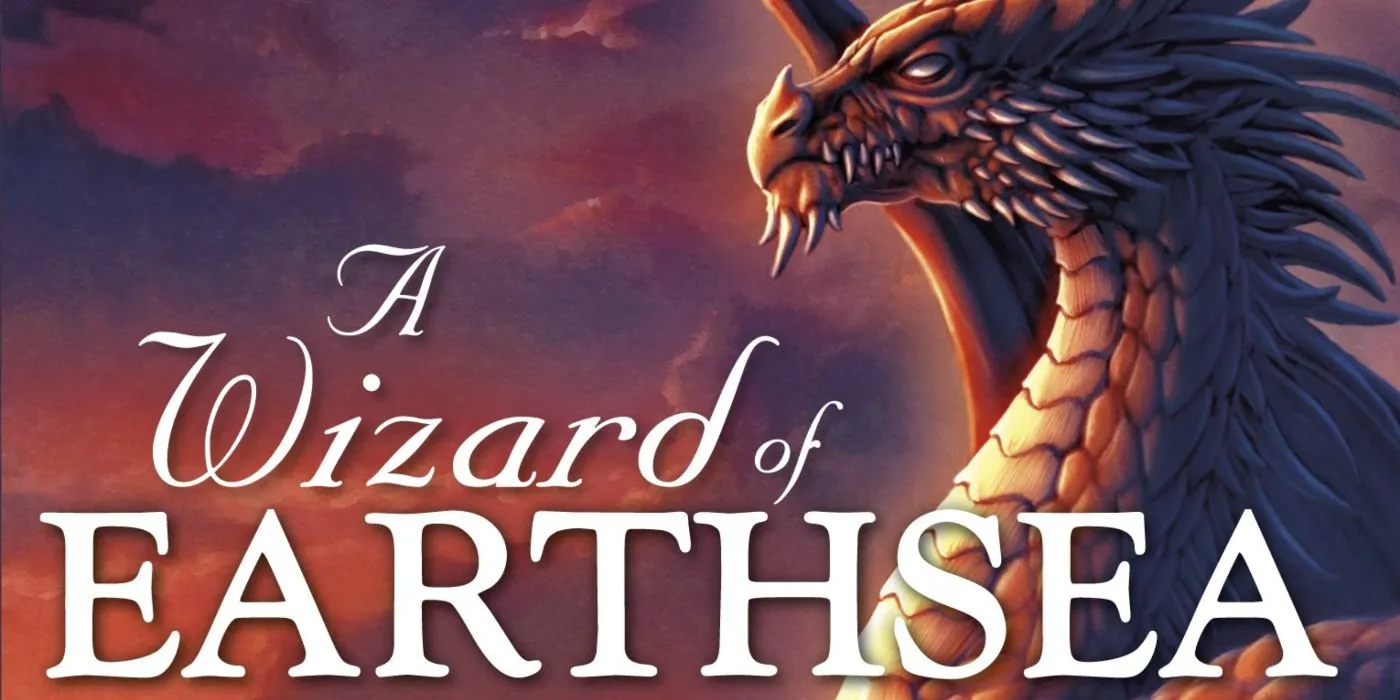
A Wizard of Earthsea, penned by Ursula K. Le Guin, set the standard for high fantasy literature, following young Ged on his quest for identity and redemption after a youthful transgression. This coming-of-age tale is notable for its exceptional world-building, which grapples with deep themes of balance, environment, and self-discovery.
As readers journey with Ged through trials, they begin to understand his struggle with light and darkness within himself, imparting valuable wisdom about humanity’s dual nature and the importance of self-acceptance.
5 Matilda (1988)

Roald Dahl’s Matilda remains one of his best-loved works, famously adapted into various performances including film and stage musicals. The story delights readers with its fantastical elements, while the characters become more vivid and relatable over time. Matilda’s journey emphasizes the power of courage, intelligence, and kindness, culminating in an uplifting resolution that endears it to audiences.
Watch the trailer here
4 The Wonderful Wizard Of Oz (1900)
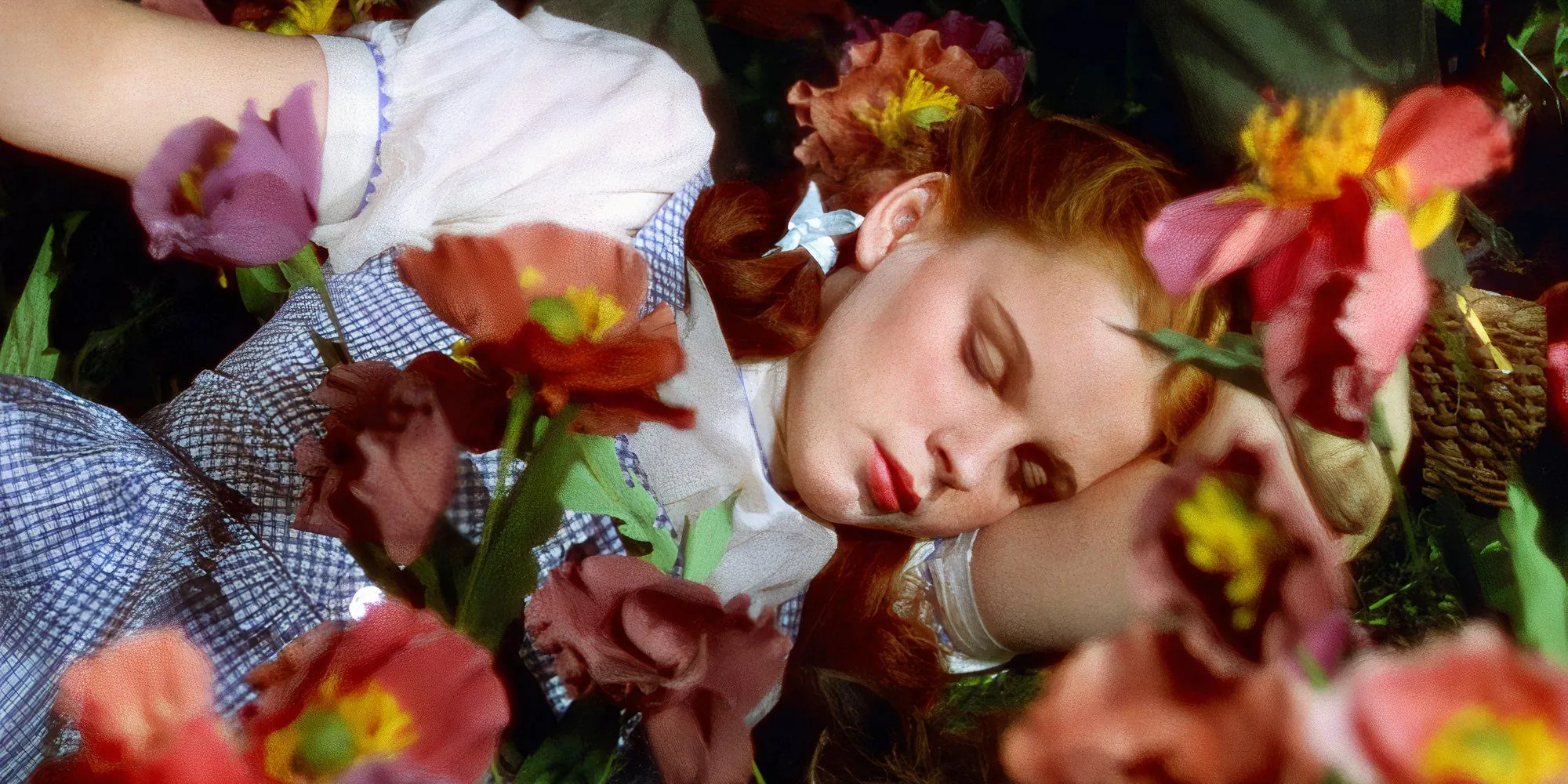
While the 1939 adaptation of L. Frank Baum’s tale remains iconic, The Wonderful Wizard of Oz offers readers a more intricate and darker narrative. Recent adaptations, like the musical Wicked, continue to draw audiences back to the original story, revealing its nuanced themes and intriguing characters.
Dorthy’s journey through Oz is fraught with danger, and the wizard’s true nature is depicted with greater clarity in the book. Readers who revisit this classic often find themselves contemplating the darker truths that Baum woven into his fantastical tale, prompting discussions about fear, bravery, and the essence of true magic.
3 The Little Prince (1943)
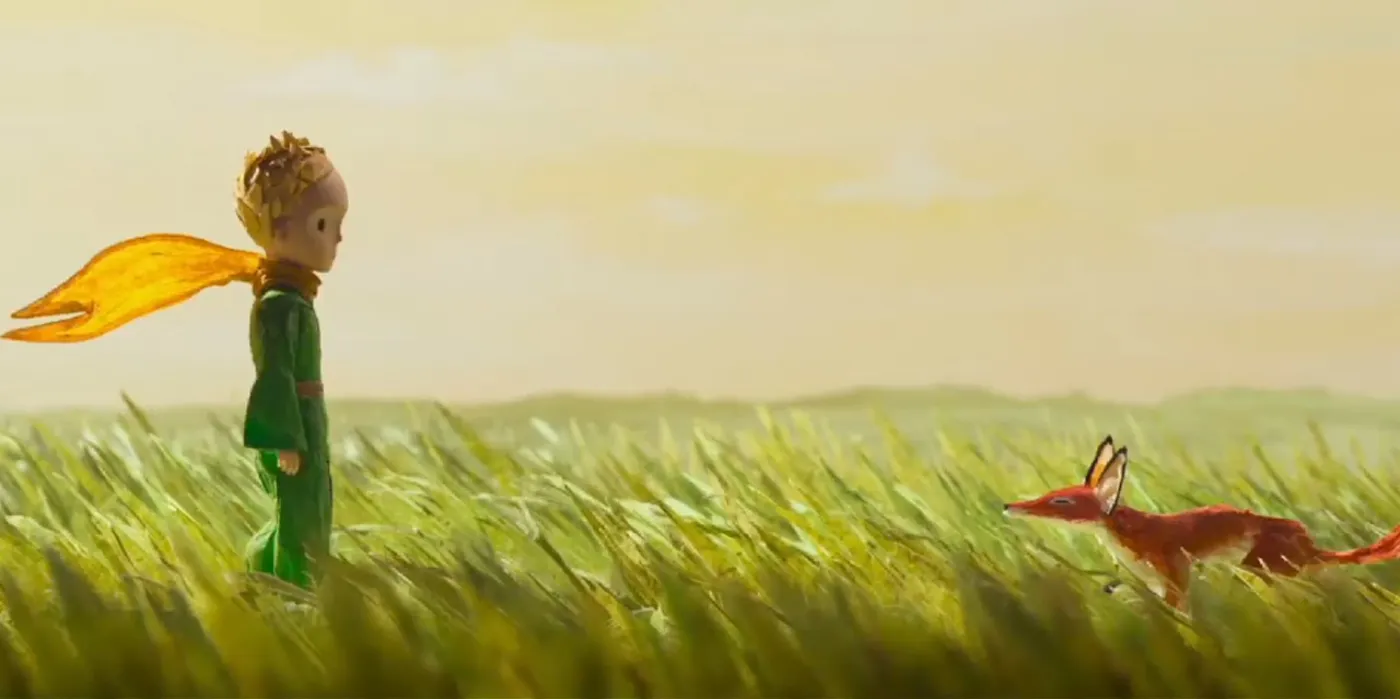
The Little Prince, written by Antoine de Saint-Exupéry, is a cherished classic translated into numerous languages and loved across generations. This enchanting story touches upon timeless themes of humanity and the complexities of adult life, underscored by beautiful illustrations and the adventures of its charming young protagonist.
2 The Last Unicorn (1968)
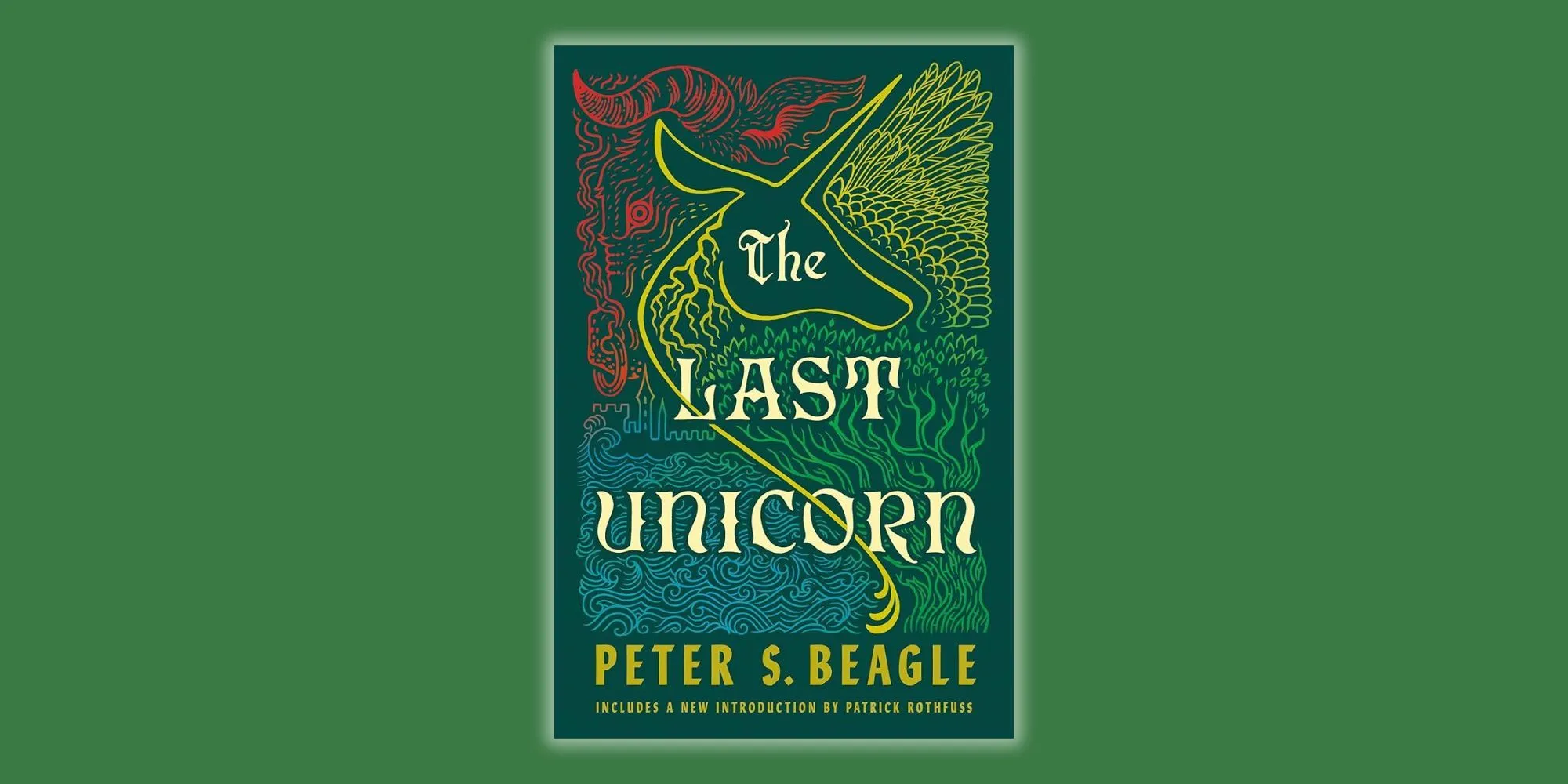
Many decades after its release, The Last Unicorn still resonates with readers, particularly adults reflecting on its themes of innocence lost and the complexities of existence. The story follows a unicorn on a quest to rediscover her kind, prompting a profound contemplation of mortality and the transient nature of life. It’s a narrative rich with melancholy yet beautifully crafted by Peter S. Beagle.
1 Book The First: The Bad Beginning (1999)
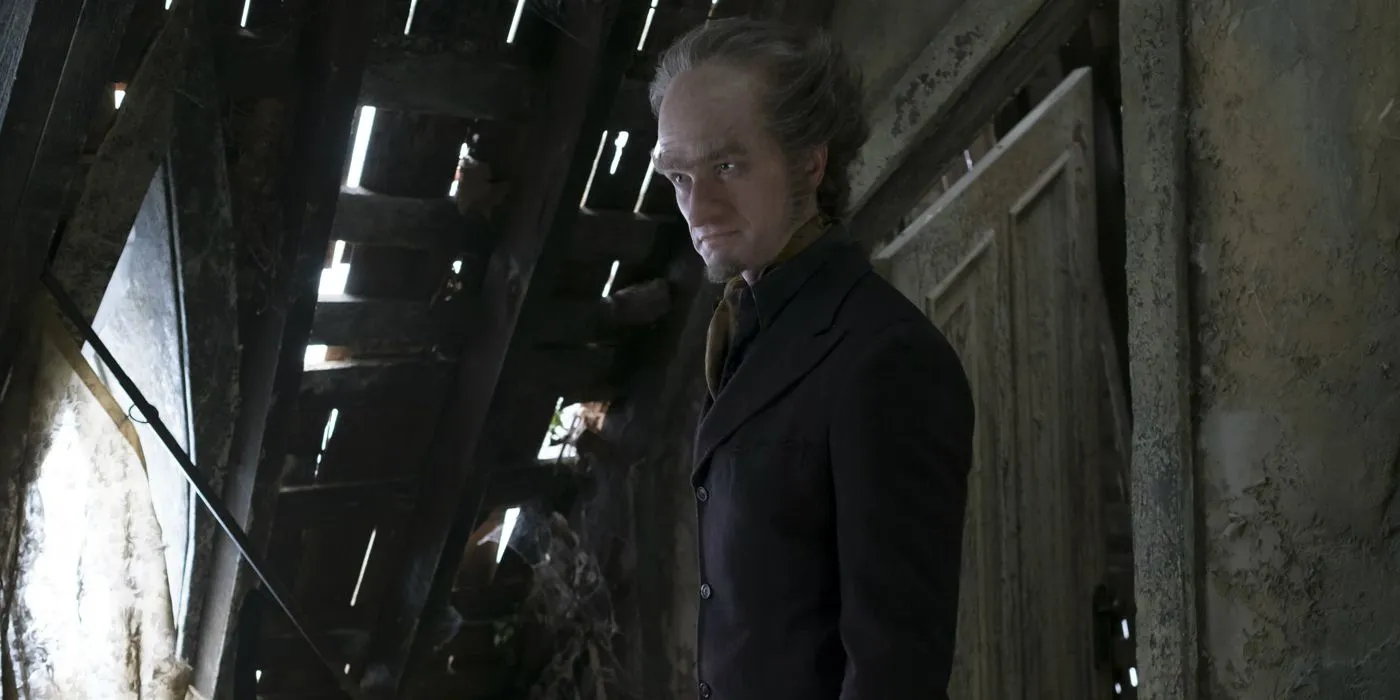
The opening novel in Lemony Snicket’s A Series of Unfortunate Events, titled The Bad Beginning, introduces readers to the Baudelaire orphans as they navigate a world fraught with adversity following their parents’ tragic death. While the series spans thirteen books filled with misfortune, it is the children’s resilience and resourcefulness that captivates readers. Adults revisiting this narrative uncover even deeper layers about human struggles and the enduring power of hope.
Watch the trailer here




Leave a Reply ▼